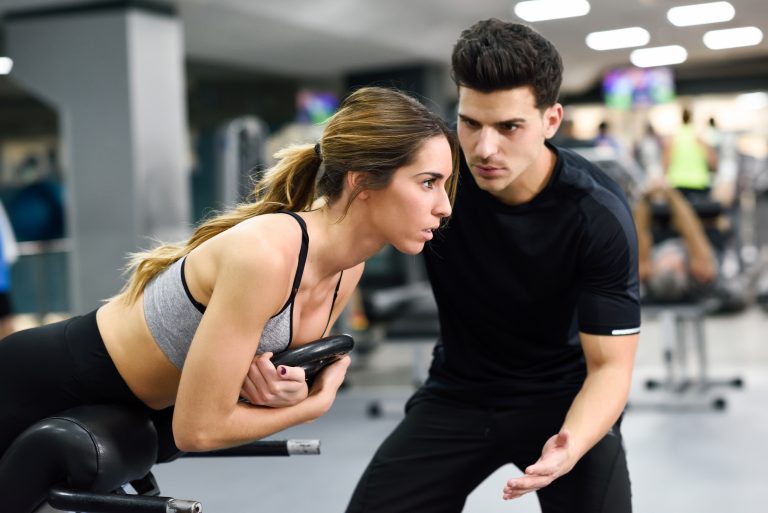1. The Layering System: Why It Works
1.1. Base Layer: Moisture-Wicking Hero
• Why It’s Important: During intense activities, your body produces sweat even in cold conditions. Without a proper base layer, sweat can cool on your skin, leading to discomfort and potential hypothermia.• Merino Wool: Natural, soft, and highly effective at insulating while wicking away moisture. It’s also odor-resistant, ideal for multi-day activities.
• Synthetic Fabrics: Polyester and nylon are great for high-intensity sports like running, inline skating or cycling due to their quick-drying properties.
• Pro Tip: A snug fit is essential for effective moisture management.
1.2. Mid Layer: The Warmth Provider
• Purpose: This is the insulating layer that traps your body heat.• Fleece: Lightweight and breathable, perfect for moderate cold.
• Down: Provides exceptional warmth in extreme cold but is less effective when wet unless treated with a water-resistant coating.
• Synthetic Insulation: Maintains warmth even when damp, making it versatile for changing weather.
• Pro Tip: If you’re performing high-intensity activities, opt for a thinner mid-layer to avoid overheating.
1.3. Outer Layer: Shield Against Elements
• Why It’s Vital: Wind and precipitation can quickly sap your body heat. The outer layer acts as your shield.• Waterproofing: Look for jackets with a rating of 5,000-20,000 mm for varying levels of rain and snow.
• Breathability: Important to prevent sweat from building up inside the jacket.
• Ventilation Zippers: Underarm or side zippers allow you to adjust airflow during strenuous activity.
2. Accessories: Protecting Extremities
2.1. Hats and Headgear
• Why: Up to 10% of body heat can be lost through an uncovered head.• Merino Wool Hats: Warm and moisture-wicking.
• Balaclavas: Offer full-face protection in harsh wind or extreme cold.
2.2. Gloves and Mittens
• Why: Cold hands hinder performance and increase discomfort.• Layered Gloves: For extreme conditions, use a thin liner glove under insulated waterproof gloves. This allows flexibility while maintaining warmth.
2.3. Neck Warmers
• Why: The neck is an often-overlooked area where cold air can seep in.• Best Choices: Fleece-lined or merino wool gaiters that can be pulled over the mouth and nose in icy winds.
2.4. Socks and Footwear
• Socks:• Merino Wool: Keeps feet warm and dry by wicking away moisture.
• Compression Socks: Improve circulation and reduce swelling during long activities.
• Footwear:
• Opt for boots or shoes with waterproof membranes (e.g., GORE-TEX) and thermal insulation.
• Winter running shoes often feature deeper tread patterns for better grip on snow and ice.
3. Specialized Clothing for Different Sports
3.1. Running
• Light Layers: Use lightweight windproof jackets and tights for mobility. Reflective elements are crucial for safety in dark conditions.• Shoes: Consider trail running shoes with winter-specific rubber soles to prevent slipping.
3.2. Skiing/Snowboarding
• Outerwear: Look for fully insulated, waterproof, and breathable jackets and pants.• Goggles: UV protection and anti-fog lenses are essential for snowy terrains.
3.3. Cycling
• Wind Protection: A windproof jacket with a thermal lining is critical.• Shoe Covers: Neoprene covers prevent cold wind and moisture from chilling your feet.
4. Extra Features That Make a Difference
4.1. Reflective Details
• Essential for visibility during early mornings or evenings, especially in urban areas. Reflective patches or stripes on clothing, shoes, and backpacks enhance safety.4.2. Adjustable Hoods and Cuffs
• Elastic or Velcro cuffs prevent cold air from entering your sleeves. Adjustable hoods allow a snug fit around the face, keeping heat in and wind out.4.3. Waterproof Ratings Demystified• Jackets with ratings around 10,000 mm are suitable for moderate rain, while 20,000 mm or higher withstand heavy downpours or wet snow.
5. Preparing for Weather Changes
Winter weather is unpredictable. Prepare for changing conditions by:• Packing Layers: Lightweight, packable jackets or vests can be added if temperatures drop.
• Carrying Waterproof Covers: Use rain ponchos or gear bags to protect yourself during unexpected showers.
6. Common Mistakes to Avoid
• Overdressing: This can cause overheating and excessive sweating, leading to discomfort or chills later. Start your workout feeling slightly cold; your body will warm up as you move.• Ignoring Extremities: Always prioritize warm gloves, hats, and socks to avoid frostbite.
• Forgetting Ventilation: A lack of ventilation can result in sweat buildup, which cools down and makes you colder.
Winter outdoor sports can be enjoyable and invigorating with the right clothing choices. Focus on layering with moisture-wicking, insulating, and weatherproof materials while accessorizing to protect extremities. Whether you’re running, skiing, or hiking, investing in proper gear ensures that winter becomes an opportunity for adventure, not an obstacle. With thoughtful preparation, you can embrace the season’s beauty while staying warm, dry, and safe.












